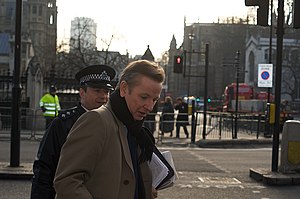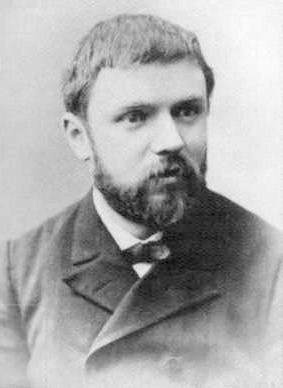| Michael Gove outside the Palace of Westminster (Photo: Wikipedia) |
All new academies sign an agreement with the Department for Education. From now on, this agreement will state that the school has the right to recruit whoever it believes to be qualified for a teaching role, removing the condition that the recruit must have QTS (Qualified Teacher Status). Existing academies may apply to have the new clause inserted into their agreements with the Department.
Academies now account for more than a half of all secondary schools in England, although they are much less prevalent in other parts of the UK. The move brings new academies into line with private schools and the government's free schools.
The Department says it expects the vast majority of recruited teachers still to have QTS status, and that it is allowing more flexibility, by allowing schools to hire people from a broader range of backgrounds.
In contrast, the feeling among the teaching profession is that Michael Gove is trying to de-professionalise teaching. The general secretary of the NUT, Christine Blower, has described it as a cost-cutting measure and a clear dereliction of duty.
Unions point to the fact that Mr Gove has in the past praised the education system of Finland, where teachers are respected and paid accordingly. In other countries where the required level of teaching qualifications is being watered down, such as Sweden, educational standards now appear to be falling.
Teachers know how rigorous and valuable their training is. They know that pupils do not respond as well to untrained teaching and that this applies both to the academic rigour required and to classroom management.
Many teachers also suspect that this is one step of a plan for further privatisation of the education sector, eventually allowing private companies to run the academies for a profit and offering a cut-price education, to compete with neighbouring schools.
This is another move that the Education Secretary has attempted to introduce by stealth, as a part of his creeping revolution of the UK's education system. But proposals such as this, with such far-reaching consequences, will not go unnoticed by the teaching profession. There will be trouble ahead.

